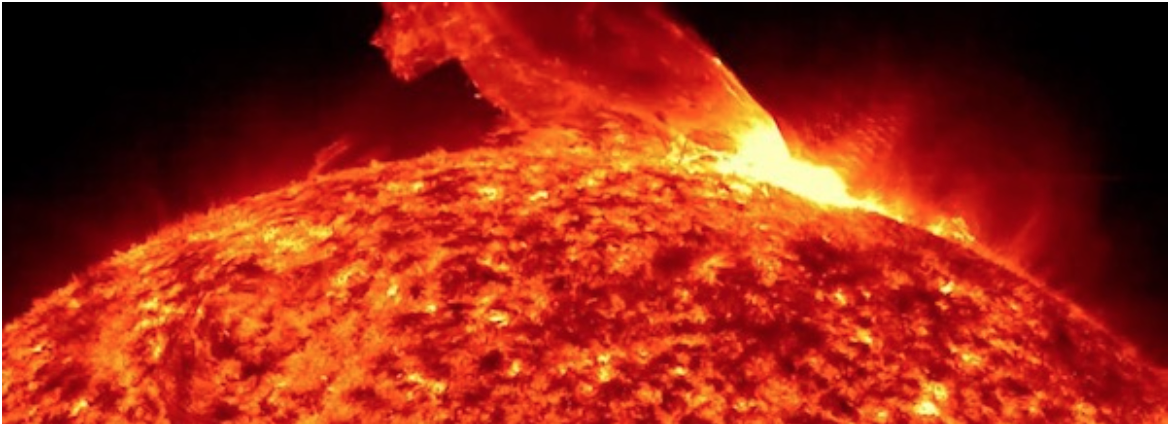
The Phases or Stages of PPR
The following information was developed by PRP patients in coordination with healthcare professionals at the direction of the National Organization of Rare Disorders. The 5,000-word NORD PRP Report is the starting point for all PRP patients and their caregivers.
The following section focuses on the progression of PRP. Please remember that every PRP journey is unique.
Signs & Symptoms
The terms “sign” and “symptom” are not redundant. SIGN is an indication of a medical condition that can be objectively observed by others, including healthcare professionals. In contrast, a SYMPTOM is subjective, information that is shared by the PRP patient with the healthcare provider such as pain, itching, fatigue. The following is a list of signs and symptoms that define PRP.
Pre-onset Signs
Mild signs include dandruff and crusty scalp, as well as limited red patches or scaling of the skin, (e.g., a “dime-sized red spot” on the forehead). The duration varies from patient to patient. At some point the patient determines that intervention of a healthcare professional is warranted, (eg, a red spot has doubled in size in less than two weeks).
Progression of Signs
Depending on the advancement of inflammation, a general practitioner or dermatologist will see signs including pink, red, or orange-red scaly patches on the skin. These patches are usually itchy. Initially, PRP patients may have the scaly patches only on some parts of the body. Patches most often occur on the elbows, knees, hands, feet, and ankles. Skin on the palms and soles may also become red or waxy and thickened with a classic orange hue (palmoplantar keratoderma). The scaly patches may eventually spread over the entire body.17 Islands of sparing can occur within the salmon-colored patches of inflammation.
Cracks (fissures) may develop within thickened skin which can be painful and make walking and using one’s hands difficult. Nails may become thickened, discolored, ridged, cluttered with debris under the free-edge and may even shed. Hair may shed considerably due to the disorder itself or some treatments used. Heat intolerance, protein loss and fluid imbalance can occur when the rash becomes widespread (erythroderma).4
Diagnosis is often delayed by the prolonged course of evolution of the disease and its ability to masquerade as other disorders, particularly eczema and psoriasis. Fortunately, many of the treatments for eczema, psoriasis and PRP are shared.5
Acute Stage Signs and Symptoms A dermatologist will be able to see the signs of a body engulfed by dry, red, and flaking skin, swollen feet and legs, and cracked and bleeding hands and feet. There may be serious issues related to impaired mobility, eyes and vision (caused by tightness and pulling of the eyelids), and dexterity. The PRP patient will see symptoms of PRP from a different perspective, e.g., pain of motion, unrelenting itch (pruritus), and heat intolerance. Pruritus, pain, and sleep disturbance are common with this disorder. The acute stage poses the greatest challenge to body, mind, and spirit and can last anywhere from less than a month or many months longer. This is the time in the PRP journey that PRP patients and caregivers should seek support from patient support groups. It is also a time to address issues of depression.5
A dermatologist will be able to see the signs of a body engulfed by dry, red, and flaking skin, swollen feet and legs, and cracked and bleeding hands and feet. There may be serious issues related to impaired mobility, eyes and vision (caused by tightness and pulling of the eyelids), and dexterity. The PRP patient will see symptoms of PRP from a different perspective, e.g., pain of motion, unrelenting itch (pruritus), and heat intolerance. Pruritus, pain, and sleep disturbance are common with this disorder. The acute stage poses the greatest challenge to body, mind, and spirit and can last anywhere from less than a month or many months longer. This is the time in the PRP journey that PRP patients and caregivers should seek support from patient support groups. It is also a time to address issues of depression.5
Management Stage
After the acute stage, the journey of a PRP patient takes on a new focus — mitigating and managing symptoms. Potential irritants are waiting on the roadside, such as joint pain, clogged ears, and disability claims, to name a few. While 90% of the PRP patient population can look forward to full remission within one to five years, the timetable is not certain. Those diagnosed with atypical adult onset and atypical juvenile onset, the chronic versions of PRP, must develop long-term coping skills. For everyone, the daily routine associated with medications, moisturizing, and dealing with the challenges of body, mind and spirit of this skin disorder cannot be ignored.
Remission & Healing Milestones
The medical community defines remission as the disappearance of signs and symptoms of disease, whether through the use of medication or naturally with time. Recovery is considered the restoration of health or function. The PRP community has adopted a more celebratory approach to disease recovery with recognition of healing milestones. The return of sweat, the first trip out of the house for groceries, and dark hardwood floors that don’t need hourly vacuuming are all cause to celebrate. These milestones are symptoms of healing that PRP patients and caregivers feel and signs that everyone else observes.